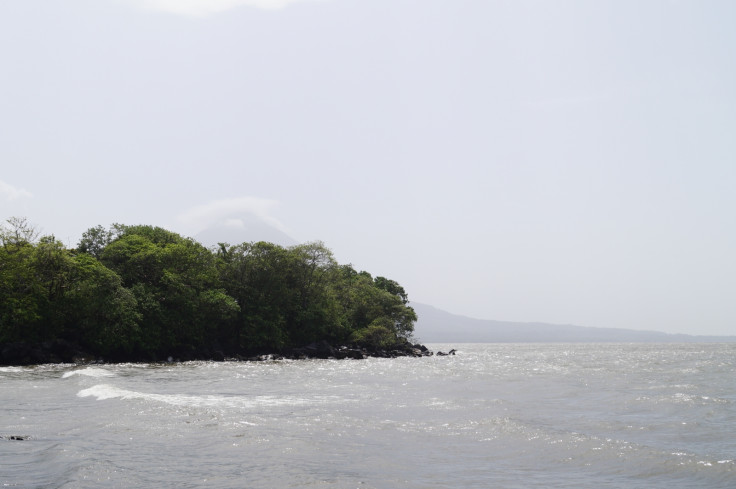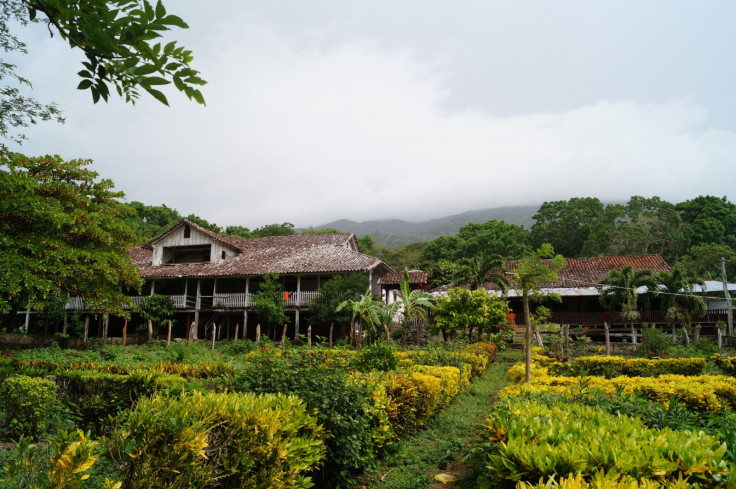El Gran Canal: Nicaragua's $50bn shipping canal could boost economy but serious concerns remain

Lake Nicaragua is home to vessels of all shapes and sizes. Fishermen cast their nets from tiny rowing boats in the shallows. Tour operators run sightseeing trips to the hundreds of tiny islands that make up Las Isletas de Granada. A daily ferry service runs from the port of San Jorge to the small island of Ometepe in the middle of the vast lake.
Yet, by 2020, local fishermen and tour operators could be sharing their home waters with some of the world's largest supertankers. The proposed route of the Nicaragua Grand Canal passes directly through Lake Nicaragua. The $50bn (£32bn) project will link the Atlantic and Pacific coasts of the country with a 173-mile shipping canal.
The Nicaraguan government, which granted HKND, a Hong Kong-based firm, a 50-year concession to build and run the canal two years ago, believes the new canal will boost the country's economy and lead to faster growth.
"This project is an important way for Nicaragua to grow its economy, generate jobs, reduce poverty and raise our competitiveness," said Telémaco Talavera, chief spokesperson for the Nicaraguan canal authority.
Great opportunity but there is criticism too
The country has seen steady GDP growth of around 5% for the past three years. However, with 43% of the population living below national poverty lines (according to the World Bank), many Nicaraguans believe the canal is an opportunity that simply cannot be missed.
But criticism of the project is growing. Small business owners on the shores of Lake Nicaragua fear the canal could seriously affect their trade. Leo Castillo, who runs boat tours for tourists from the city of Granada, is concerned the project's potential impact on the environment could hurt tourism in the area. "The world wants to come and visit Nicaragua to see its environment. One way or another, the canal will have an impact on the environment," he said.

Many inhabitants of Ometepe share these fears. "I am concerned about the canal's environmental impact. It could affect the numbers of fish in the lake. Pollution in the lake could also go up with so many boats crossing it," said Bernabé Castillo, a local coffee farmer.
These concerns are echoed by campaigners in the country. "We have identified a serious contamination threat to Lake Nicaragua. It is one of the main sources of fresh drinking water in Central America," said Maura Madriz Paladino from the Centro Humboldt, a local environmental NGO.
But the Nicaraguan government disagrees. "There are environmental challenges. Like any human action, it will have an impact. But we are convinced that the net impact of the project will be highly positive," said Talavera.
Political campaigners in Nicaragua have also criticised the government for the process that led to the granting of HKND's 50-year concession. "There was no consultation at all. Something as big as this should have been publicly consulted through a referendum. They also needed to have authorisation from local governments and indigenous peoples. They didn't have any of that before approving the concession," said Mónica López Baltodano from Fundación Popol NA, a Nicaraguan civil rights organisation.
Impact on the global shipping industry
As the debate over the viability of the project rages amongst Nicaraguans, the global shipping industry is also watching developments closely. Comparisons with the Panama Canal are inevitable. Yet the Nicaraguan canal authority says it is pitching its route at a different market. "Our canal will complement the Panama Canal. The Nicaragua Canal is designed for the largest tankers in the world, which cannot pass through the Panama Canal," said Talavera.
With the Panama Canal undergoing a massive refurbishment, many question the need for a new shipping route in Central America. The Panama Canal currently accommodates vessels capable of carrying 5,000 TEUs, or twenty-foot equivalent units, the standard size for shipping cargo in containers. The Panama Canal Expansion Project will boost this to vessels carrying up to 13,000 TEUs.
HKND's website points to "ever-growing vessel sizes" in global shipping as a key motive for building Nicaragua's new, bigger canal. But some shipping analysts do not see this trend for bigger and bigger container ships continuing for much longer.
"Ships can only become larger up to a certain extent, because ports simply won't be able to accept them. In my view, the size of ships won't keep increasing linearly. There will be size limitations in the future," said Amir Alizadeh, a shipping expert from City University London.

As well as size, price is key for many in the industry. "If the construction can be completed and if they can get the Nicaragua Canal up and running, it will be a very good thing for the shipping industry. It will break the monopoly of the Panama Canal," said Alizadeh.
In terms of pricing, Alizadeh reckons comparisons with Panama are too easily drawn. He said: "The transit of the Nicaragua canal will be much longer than Panama. They will need pilots and a lot of other operations around it. There's a question mark over whether they can earn decent revenues with those extra costs."
After drought and lower water levels forced the Panama Canal to limit the size of ships passing through its locks earlier in August, international support for Nicaragua's new super canal may be growing.
But for Talavera and the Nicaraguan canal authority, the need for the new canal is not about drought, but rather hunger. He said: "If somebody is in poverty, five years is an eternity. If somebody is unemployed, five months is an eternity. If they can't feed their children, five days is an eternity. Therefore, we are projecting five years until completion, but there could be delays. We just want to complete it in the shortest time possible for the Nicaraguan people."
© Copyright IBTimes 2025. All rights reserved.





















